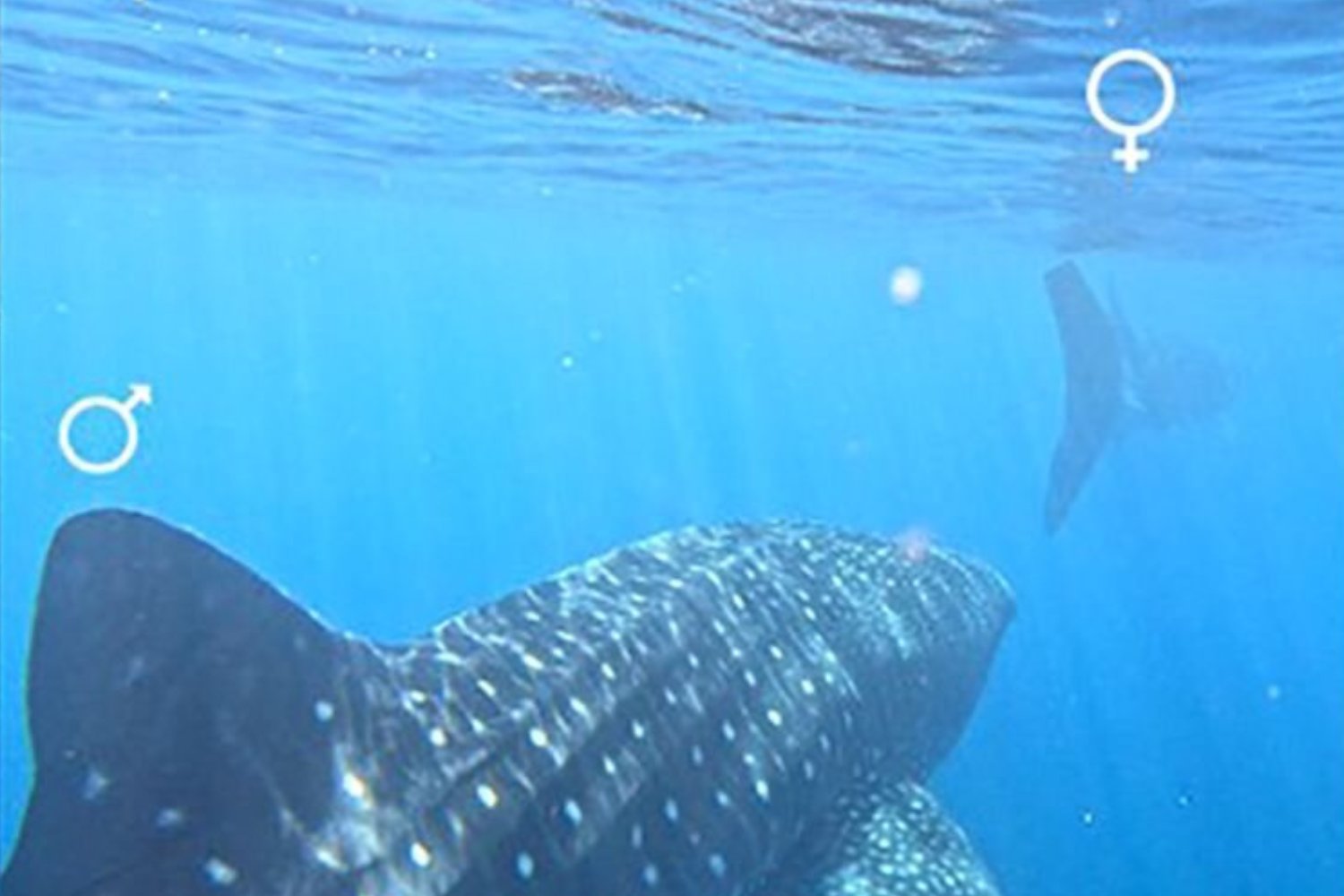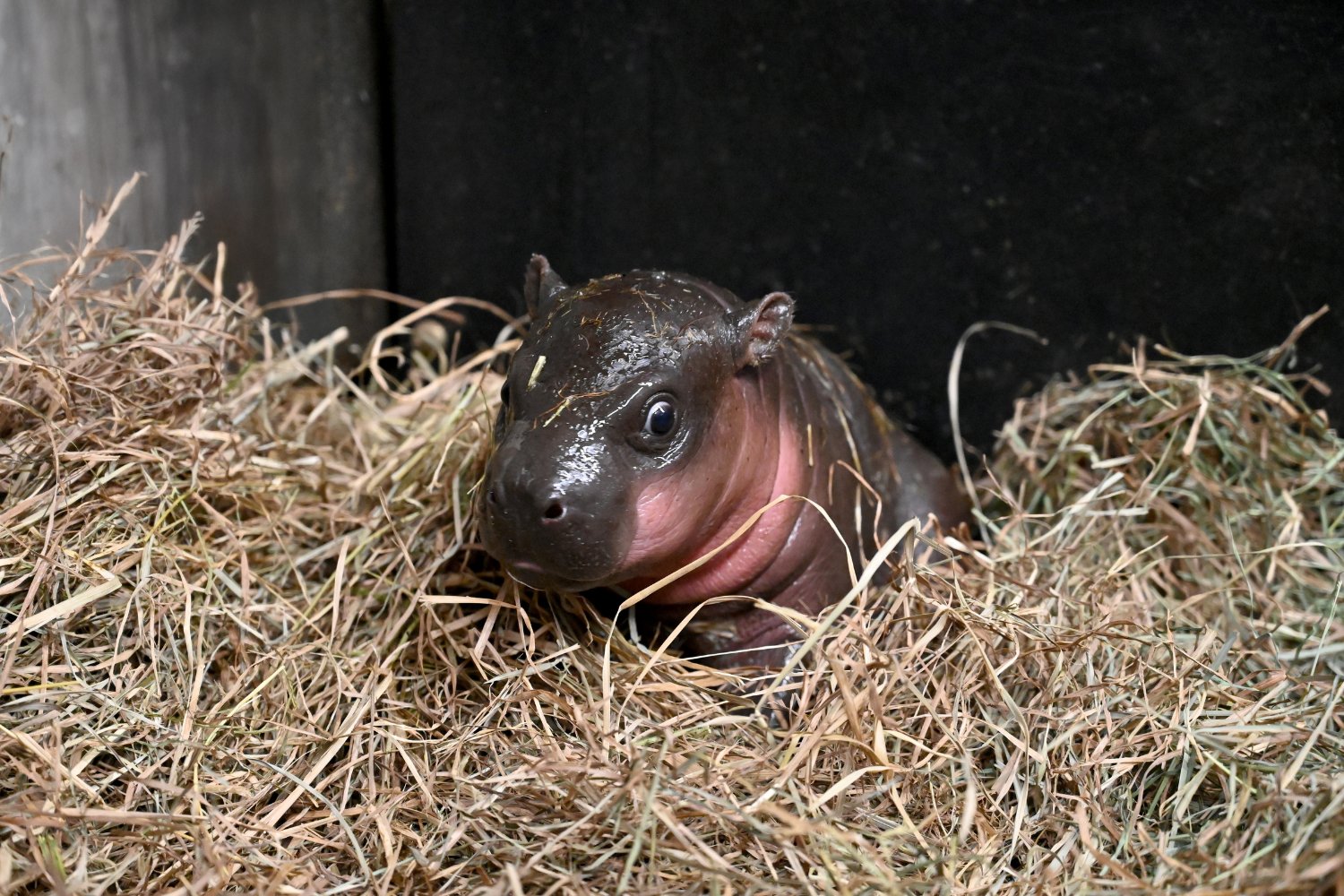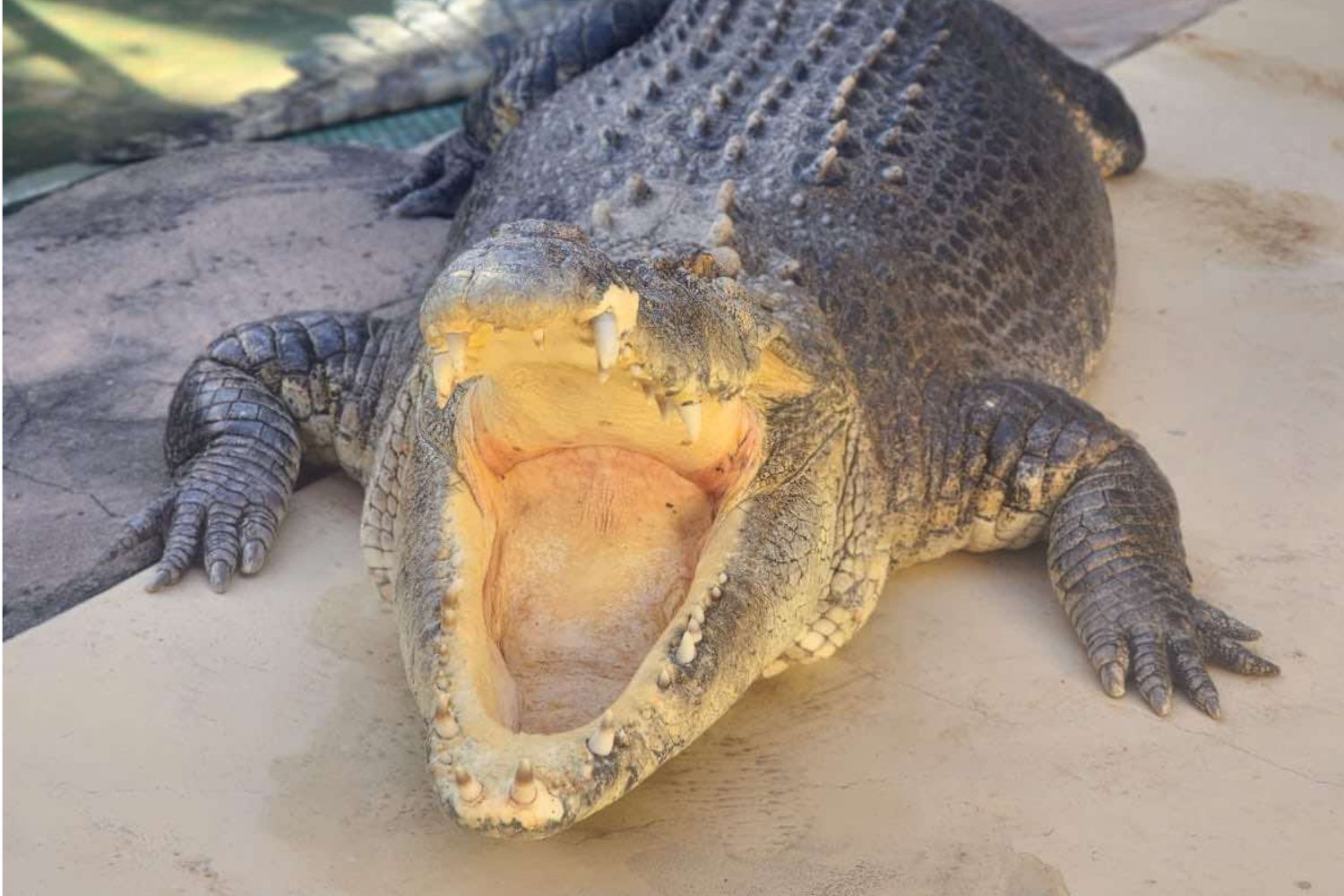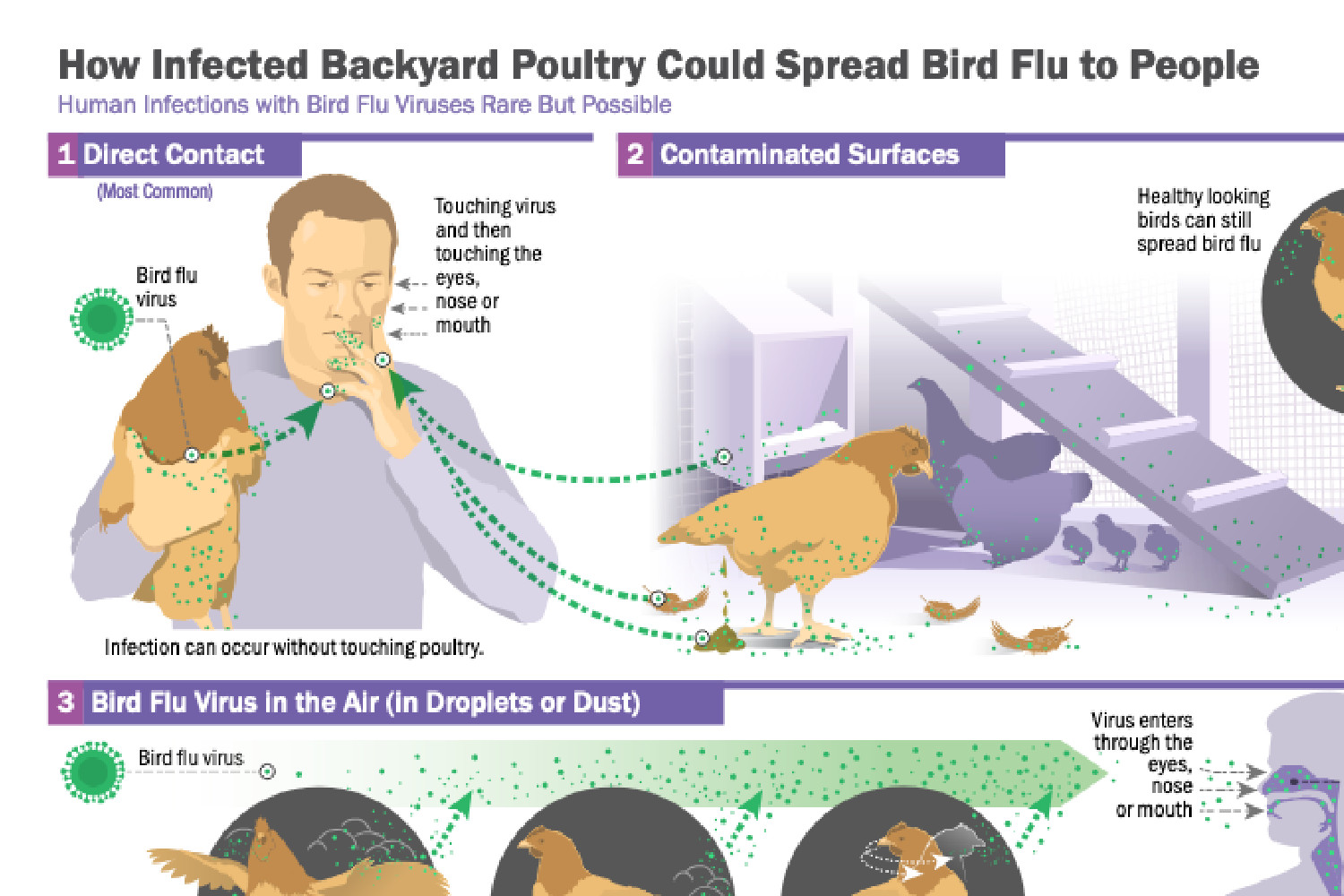Animals fatally maul, sting, trample, and chew about a million humans per year. Pretty nice of them, given the numbers on our side—the average of 750 million chickens we kill in the U.S. every month, for instance. In an ideal world, no one would ever get mauled by a bear, or contract rabies from a feral squirrel. But for this week’s Giz Asks, we’re asking which creatures are most desperate for our blood (or, in fairness to the animal kingdom, which are most likely to kill us by accident).
We reached out to a number of animal experts to figure out exactly that: which non-parasitic, non-microbial animals kill the most humans, as well as which ones are the most potentially dangerous. Mosquitos, it turns out, don’t just ruin summers—they also kill upwards of a quarter of a million people every single year. But as we learned from our experts, they’re the outlier: Animal-on-human homicide seems to be relatively rare, at least compared to the human-on-human kind, which—as nearly all our experts pointed out—exceeds it by many magnitudes (not counting mosquitoes). That said, there are plenty of animals with blood on their paws, or their scales, or—who knew!—their hooves.
Dave Barash
Professor Emeritus of Psychology at the University of Washington, animal behavior researcher, and the co-author of The Mammal in the Mirror: Understanding Our Place in the Animal World and many other books
One of the most lethal critters in both North and South America, according to your criteria, are cows, hands down. Forget about snakes, cougars, bears, etc. Cows are large, strong and not always amenable to whatever farmers or ranchers want to do with them. They look pacific and mostly are, but they’re one of the main sources of animal-human mortality, mostly by goring their victims (not bulls, but cows, since there are so many more of them) and sometimes kicking or trampling. Sharks and venomous snakes kill about 1 American per year, cows more than 20.
Bees, however, are likely in second place, via anaphylactic shock among susceptible people. In Africa, it’s—believe it or not—hippos, which seem downright adorable but are pretty nasty and somewhat larger than poodles, and at night in particular emerge from their puddles. In Australia, it’s kangaroos—because of the auto crashes they generate. Throughout the world, however, there’s no question that the species Homo sapiens is the most lethal and dangerous, and without doubt the only one that threatens the whole fucking planet… even discounting nuclear weapons (which no one should!).
Rory Wilson
Professor of Aquatic Biology at Swansea University
The answer might be somewhere in the category of ‘venomous snakes’, or even a specific venomous snake, such as the Many-banded krait, because figures suggest that about 320 people in Myanmar will die of snake bite today.* But as anti-venom becomes more prevalent, that is expected to decrease. This latter point exemplifies the difficulty of defining ‘most dangerous’ for a ‘moving target’. As human populations change, and move in and out of cities, then proportions of populations expose themselves to different risks, and the answer will change. And as man engages in environmental change (cutting down rainforests, for example), then suites of ‘dangerous’ animals change in their abundance. We have successfully reduced the number of top predators on the planet spectacularly so that, for example, the Oceanic white-tipped shark, the fish that was to supposed to have killed (and eaten) the most sailors during World War II, is now down to 1% of its former levels. Try floating around in the Indian Ocean now. You’re unlikely to be found by an Oceanic white-tip.
And then there’s the issue of behavior. How we behave, even in an environment with ‘dangerous animals’, will affect our chances of detriment. It is said that we are more likely to be struck by lightning than be attacked by a shark. But you won’t be struck by lightning if you live close to the South Pole, where there are virtually no lightning storms. Conversely, if you scuba dive around Seal Island in False Bay, South Africa, with speared fish on your belt, your appeal to white sharks will go up enormously—like standing on top of a hill in a lightning storm hugging a lightning conductor. The shark/lightning example is perhaps overkill though, because fish blood from spearfishing victims appeals to behavioural elements of the shark itself. If you want to make the animal death option analogy more simply probabilistic, like lightning, or being hit on the head by a coconut or a falling tree, try swimming in waters with box jellyfish. They are reputed to kill 30 people per year in the Philippines alone (even accounting for the fact that people tend to avoid box jellyfish waters), and box jellyfish are definitely not out to kill people.
But what about the probability of death given that some person has actually ‘stumbled upon’ the animal in question—the ‘oops, I’ve come within 5 m of a hippo/buffalo/lion effect’? I wish it was that easy. The distance plays a role. So to answer that question we need to specify the distance. Being five metres from a stonefish is a banality (treading on one—where distance = 0 m —is not) but it’s a fabulously trivial distance to be from a black rhino.
Brian Todd
Associate Professor, Wildlife, Fish & Conservation Biology and head of Todd Lab at UC Davis
The most dangerous animal of course is the mosquito. But this is because it transmits the malaria parasite that kills millions annually.
But my expertise is working with reptiles and amphibians, so the dangerous animals that come to mind are venomous snakes.
We gotta be careful not to demonize snakes. They’re not really out there chasing people down. The conflict comes from the fact that many people in developing countries work and live very closely with the environment around them. In rice fields, and in a lot of agricultural areas, people just come into contact with these very venomous, high deadly snakes—and if the snakes get stepped on, their reaction is to bite.
The deaths occur for a couple of reasons. The first is that the snakes tend to be quite dangerous in many of those parts of the world. The second is that it’s just really difficult to get access to healthcare to be treated for snake bites. In places like Europe, Australia or North America we have ready access to a lot of good health care and treatments to prevent anyone from dying. Australia in fact has some of the most venomous snakes in the world but they only have a handful of people a year dying. It’s mostly in these rural, relatively impoverished areas like South Asia, India and Central Africa where people are at high risk of coming into contact with venomous snakes
Some of the estimates I’ve seen in places like India and Bangladesh show as many as 30 to 40 thousand people a year being killed by snakes.
In the US, on the other hand, the estimates I’ve seen are that there are about 10 people a year who get killed by venomous snakes—but in some years it’s as few as none, or just one or two people. The problem in the US is that something like 2/3 of people bitten by snakes in North America are men between the ages of 18 to 35, and about half of these cases involve alcohol. And the most common places people are bitten is on their hands or their feet, and it’s usually because either they stepped on a snake by accident, or in the case of a hand, because they were messing with it.
There’s a joke in emergency rooms that the last thing someone says before they get bit by a snake is “hold my beer.” The problem is testosterone poisoning more than anything.
Madhusudan Katti
Associate Professor in the Forestry & Environment Resources Department at NC State University whose research includes “the evolutionary ecology of vertebrate responses to human modification of habitats, and on the dynamics of coupled natural and human systems”
The first species that came to mind may not be surprising: humans. I don’t know that any other species has killed as many humans as we have. If you just look at our history of conflict and warfare and violence, it probably adds up to more than any other single species or group of species might have inflicted. The thing that also strikes me as being unusual is that we’re the only species that inflicts so much violence and kill so many of our own in this way.
There are other examples of intra-species violence—one example that comes to mind is species like spiders, where the females will eat the males after mating. But it’s selected in some ways for benefits—a male spider eaten by a female spider might contribute necessary nutrition. People have made adaptive arguments for human violence, but our species has come up with mechanisms of mass violence on a scale no other species has.
As for non-human animals—I grew up in India, which still has a largely agrarian landscape, but there’s s a significant death toll from snakes, especially venomous snakes. In india we talk about the “big four” snakes, which continue to exact a significant toll every year—they kill more people than tigers and leopards and other animals that get more attention. Growing up in India, I was on the alert about snakes everywhere, rather than worrying about the big, charismatic carnivores.
But what about sharks?
James Sulikowski
Professor of Marine Science and head of Sulikowski Shark and Fish Research Lab at the University of New England
Sharks in no way pose an active threat of any kind to humans. In fact we humans face more direct threats from vending machines and toilet seats. Most interactions with sharks occur because the shark is curious or investigating potential food. This can lead to an accidental bite. But in most cases, the shark realizes the mistake and just swims off. Unfortunately, this often leaves the human with a some type of bite mark, and many end up with scars. But I think the big picture is that about 100 people worldwide are bitten by sharks [each year]—of those, maybe 10 are fatal. So humans’ irrational fear of sharks is really emotionally not statistically driven.
Do you have a burning question for Giz Asks? Email us at [email protected].
*Correction: Rory Wilson’s quote has been restored, though statistics on this vary, including one official annual death toll from snake bites in Myanmar being 600.














